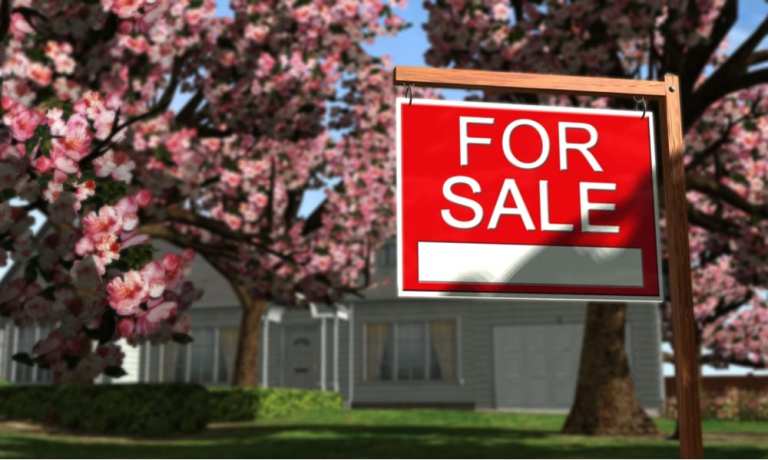NAR: Housing Market Activity Continues To Pick Up

Housing market activity as measured by the signing of sales contracts rose for the third consecutive month, the National Association of Realtors (NAR) said on Thursday (Aug. 27).
The Washington, D.C.-based trade group stated in a news release that all four of the group’s major U.S. regions showed continued increases, both month to month and year over year.
“We are witnessing a true V-shaped sales recovery as homebuyers continue their strong return to the housing market,” Lawrence Yun, the association’s chief economist, said in a prepared statement. “Home-sellers are seeing their homes go under contract in record time, with nine new contracts for every 10 new listings.”
The Pending Home Sales Index rose 5.9 percent in July 2020 compared with the June 2020 figure and 15.5 percent compared with July 2019.
The Realtors’ group stated in the news release announcing the data: “Prospective buyers missed most of the spring buying season due to pandemic-induced lockdown measures. With nearly all states at least partially reopened, the market is experiencing robust activity from the pent-up demand.”
The release continued: “According to Yun, there are no indications that contract activity will wane in the immediate future, particularly in the suburbs.”
If the rebound continues in the manner Yun is predicting, the full-year 2020 sales activity will increase 1.1 percent compared with 2019. One reason the group gives for strong activity in the latter half of calendar 2020 – despite COVID-19 – is low interest rates.
“Anecdotally, Realtors are telling me there is no shortage of clients or home seekers, but that scarce inventory remains a problem,” Yun said. “If 20 percent more homes were on the market, we would have 20 percent more sales, because demand is that high.”
By region, July pending sales were up 25.2 percent month over month and 20.6 percent year over year in the Northeast; up 3.3 percent month to month and 15.4 percent year over year in the Midwest; up 0.9 percent month to month and 14.9 percent year over year in the South; and up 6.8 percent month to month and 13.2 percent year over year in the West.